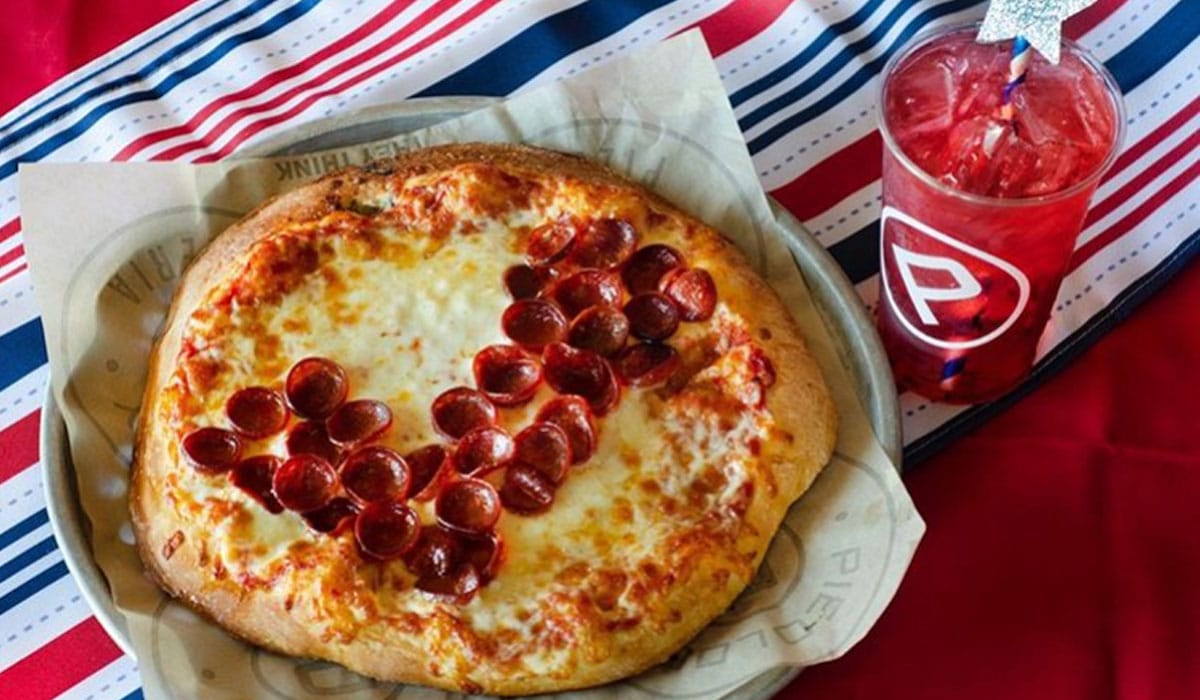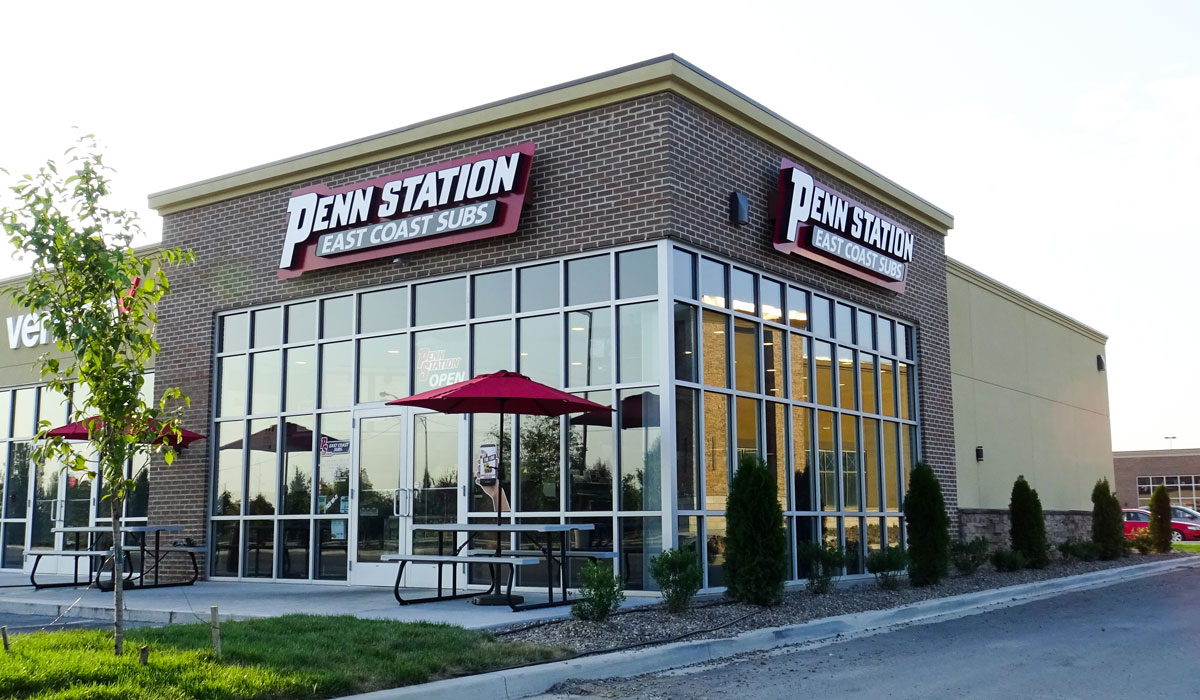Burger King grabbed one of 2021’s early headlines when it unveiled a broad refresh that stretched from logo to packaging to color scheme. In all, it was the fast-food giant’s first complete rebrand in 20-plus years.
Why did Burger King take this route? The company said it wanted its look to reflect its progress. In essence, a more authentic representation of product and design upgrades of late. This included Burger King’s commitment to digital-first expression and investments in product quality, like removing colors, flavors, and preservatives from artificial sources. Burger King is also in the process of bringing new prototypes and modernized drive thrus to market. These include everything from an elevated dining room that sends food via conveyor belt to curbside-focused parking lots anchored by digital integration. Either way, Burger King decided it needed a retooled image to convey the message as it propels into a fast-approaching, consumer-directed future ignited by COVID-19’s forced digital adoption.
One thing brands of all sizes agree on of late, though, is coronavirus opened the opportunity to serve new guests. Less density in the market, especially during dine-in shutdowns, led guests toward brands that might not have considered before. So there’s a real chance to reignite diners’ interest.
Matt Voda, the CEO of OptiMIne, has advised some of the country’s most-recognized companies on marketing strategy, such as Bed Bath & Beyond, Mattel, and American Girl. He chatted with QSR about the impact Burger King’s rebrand will (or will not) have on its standing and the market, and what it should consider as it continues to adjust in 2021 and beyond.
Is a logo redesign enough to compete with McDonald’s and Wendy’s, two fast food chains who outpaced Burger King throughout the pandemic?
No. Of course not. But the key question is: what does the rebrand signify in terms of larger changes being made within Burger King? Many times, a rebrand is the capstone of a larger evolution happening deeper within the company, how it serves its customers, and the direction it wants to take the business in the future. So, we’d have to look a lot deeper in terms of what this means to Burger King to understand what it signals in terms of larger moves that might be made.

Burger King is also changing its packaging, a few months after McDonald’s revealed new wrappers and cups—is this enough to compete with the competitors’ loyal customer base?
In some cases, a rebrand naturally flows to many more customer-facing touchpoints—in this case, packaging. With a new logo, all of the packaging needs to be updated anyway, so it can create an opportunity for the brand to make updated choices, and those choices could have covered a lot of different dimensions—like cost, innovation, customer feedback, employee ease, the environment, or to set the stage for new or different menu items.
Interestingly, Burger King in 2020 did announce reusable containers, but these have their old logo and don’t appear to be part of the new packaging lineup.
How can Burger King measure the effectiveness of a rebrand?
There are two major categories of outcomes the brand is likely looking at: brand metrics; hard-dollar economic impacts. Because the rollout of the new brand is a “punctuated event”—meaning that there is a clear before-and-after timing impact, brands can use econometric modeling to measure the impacts of the brand launch by comparing performance before the launch with performance after it goes live. For brand metrics (favorability, awareness, intent, etc.) the brand can use survey-based market research to determine the impact of the re-brand on those KPIs. For hard-dollar performance, the measurement must also include other impacts that happened over the same historical window. Factors such as pricing, competitive moves, advertising levels, the economy and other elements must be understood and accounted for because they also can impact revenues, so they must be included in the modeling to isolate the impact of the re-brand. The difficulty Burger King will have—along with all other brands—is that COVID threw a wrench into the measurement because it changed consumer behaviors so much. Brands need to use vendors who have the data science and modeling approaches that can adjust for the pandemic- it isn’t easy, but it can definitely be done.
The chain is also extending the rebrand to its employees’ clothing—what impact does this have on a brand?
Again, the rebrand offers an opportunity to address other elements, and in this case, since employee uniforms also display the logo, there’s a chance to make updates here. The brand may be considering additional factors here as well—the cost of uniforms, employee recruiting (note the new T-shirts in the uniform mix that are clearly aimed at younger employees), or other dimensions that are important to the overall goals and objectives of the rebrand strategy.

Another part of Burger King’s turnaround plan is to add more value items on its $1 menu—is it a smart marketing strategy to integrate this at the same time as everything else, or are they rushing things?
This is likely part of the same overarching strategy, and to have a highly integrated launch across multiple dimensions can make a larger impact overall if executed well. Again, the key for measuring the impact of the re-brand is to be able to account for other effects like new pricing, new menu items that may be part of the same rollout or may be happening during the implementation of the rebrand itself.
How much of Burger King’s budget should go into marketing moves like these in order to see effectiveness?
There is no practical rule of thumb for r-branding because so much depends on the company, the scope of the re-brand, and the depth of the strategy that might be sitting behind the public-facing rebrand effort. But, there are some guidelines around investment levels in marketing measurement. If a brand spends tens or hundreds of millions of dollars annually in advertising, it is logical and reasonable for the brand to think about investing upwards of 1 percent of that ad spend on measurement to understand how well it is working, and define the strategies and playbooks to run to boost overall company performance. The lift in a company’s economics doesn’t have to be that large to get an enormous payback on investing in insights, measurement and optimization. And in the ultra-competitive environment that brands operate in, advanced measurement is table-stakes.
What are the key marketing takeaways and considerations from this news?
Think of an intelligently designed rebrand as an iceberg. The part that is visible is the tip that can be seen above the water—this is the part the public can see: new logos, updated packaging and so on. The larger part that remains hidden under the water represents larger strategic shifts that the brand may be making to their product or service, how—and to whom—it is delivered, and in this case, the relatively simple—looking rebrand may be attached to a larger shift. So we’d need to look at what happens with Burger King over the next year or longer to understand whether there was a larger strategy in play underneath the new logo.











